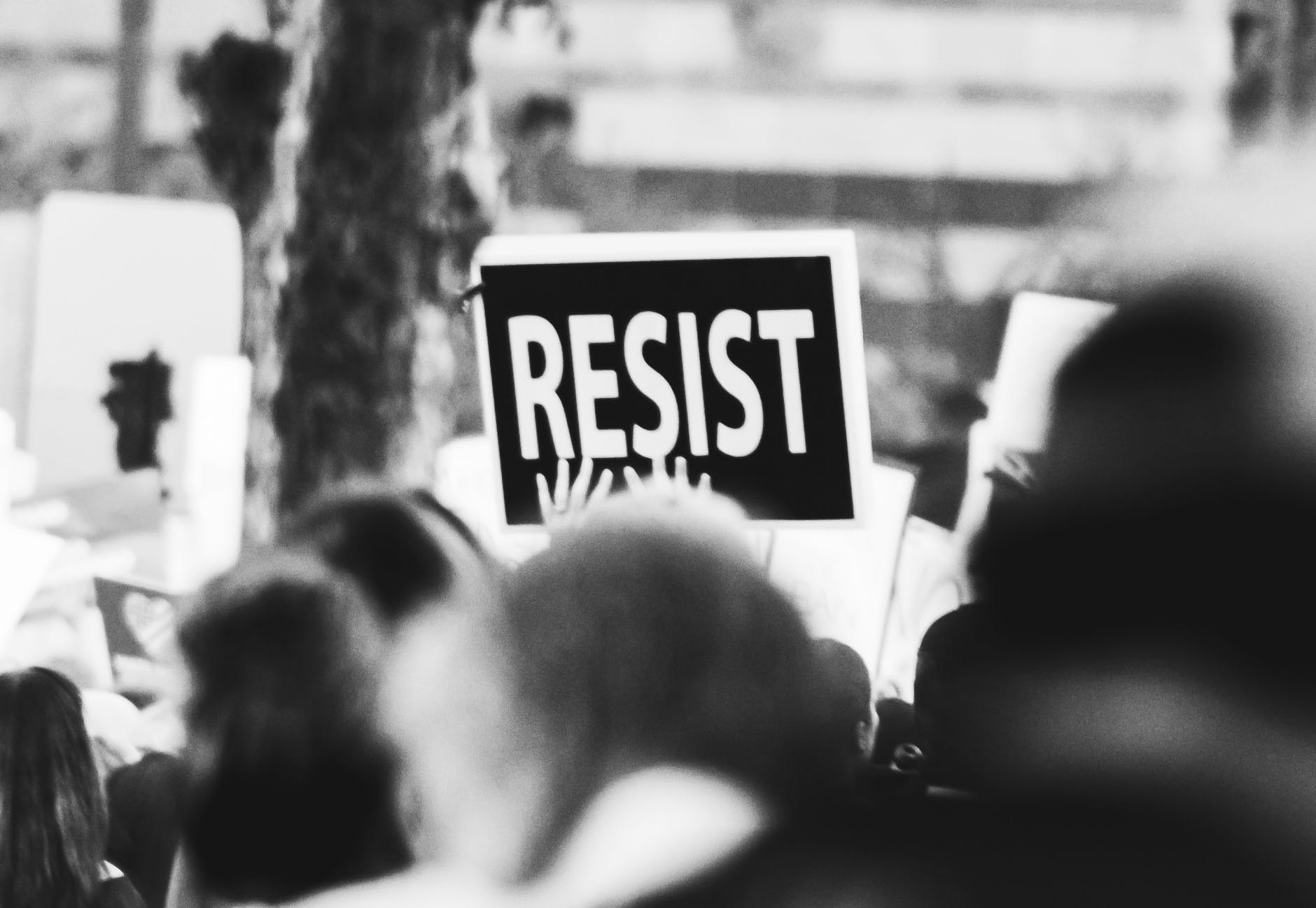
A research team's analysis on recent protests in Venezuela suggests people in power are becoming more savvy at manipulating social media to stymie efforts for people to organize and coordinate protests. Image: Pexels
Government regimes may be learning new Twitter tactics to quash dissent
Posted on December 13, 2019UNIVERSITY PARK, Pa. — When protesters use social media to attract attention and unify, people in power may respond with tweeting tactics designed to distract and confuse, according to a team of political scientists.
In a study of Twitter interactions during Venezuela’s 2014 protests, in which citizens voiced opposition to government leaders and called for improvements to their standard of living, the tweets of the protesters focused mainly on the protest itself, while the tweets issued by the ruling regime covered more diverse topics. The team added that this could mean that regimes are growing more savvy in their use of social media to help suppress mass movements.
“When we started doing this study there had been a lot of optimism about the capacity of social media to produce revolutions throughout the world, like Arab Spring and the Color Revolutions in Europe,” said Kevin Munger, assistant professor of political science and social data analytics, Penn State. “But it seems like, in hindsight, this was the result of short-term disequilibrium between the capacity of the masses to use this technology and the limited capacity of these elites to use it. A lot of these elites may have not been keeping up with modern communication technology and got caught unawares. So, for that short period of time, social media did produce better outcomes for revolutions and mass movements.”
The researchers, who published their findings in a recent issue of Political Science Research and Methods, specifically examined social media from both the Venezuela regime and its opposition. Following the death of Venezuelan President Hugo Chavez in early 2013, Nicolas Maduro, Chavez’s vice-president, won a special election. After his election, mass protests erupted related to economic decline and increased crime.
In their analysis, the researchers noted that the regime abruptly shifted its Twitter strategy after protests swept across the country. The topics of the regime’s tweets became even more diverse than usual — including such topics as a tree-planting event — and often did not address the protests at all, according to Munger, who is an associate of Penn State’s Institute for Computational Data Sciences, which connects Penn State faculty with advanced and supercomputing resources.
As the protests continued, however, the researchers said that the opposition also became less focused, which the researchers suggest may have been a reaction to the regime’s social media strategy.
The way that attention works on social networks offers a glimpse into why the strategy to distract citizens might be effective, added Munger, who worked on the study while a doctoral student in politics at New York University.
“To have effective protests, you need to have a ton of people coordinated on a single message, so spreading other narratives disrupts that process of coordination,” said Munger. “Being able to spread doubt is effective. You don’t have to get people to love your regime, you just need people to less convinced of the single narrative.”
The regime also seemed to develop a more sophisticated approach to using hashtags, which are words or phrases that begin with a hash sign — # — that are often used by social media sites to help users better identify and follow conversations about certain subjects. The regime used long hashtags, as opposed to the shorter hashtags that are more commonly used, to promote distraction among the protest groups.
For example, the regime added the hashtag — #RodillaEnTierraConNicolásMaduro — to their tweets, which translates, in English, to “knees on the ground with Nicolás Maduro.” This represents a more top-down approach at using Twitter to galvanize support, compared to the grassroots bottom-up strategy of the protesters.
“That’s not a hashtag that individual protesters would come up with, and not just because it mentions the opposition leader, but because it is more of a focus-group tested way of specifically promoting a narrative,” said Munger. “The opposition was using short hashtags to coordinate different groups on a single message. But, we see the regime’s lengthy hashtags as an explicit attempt by them to generate a new topic of discussion.”
The researchers used a computer application to help them examine the Twitter accounts of 65 of legislators aligned with the regime, and accounts of 56 opposition leaders. They examined the tweets from Dec. 19, 2013, to May 29, 2014, when the protests had significantly waned.
Venezuela presented a unique research opportunity to study the use of Twitter in protests, said Munger. The country had one of the highest Twitter adoption rates in the world at the time. The country also had a large opposition party in government so the researchers were able to identify the two distinct groups and their different messaging strategies.
The research team also included Richard Bonneau, professor of biology and computer science and co-director, Center for Genomics and Systems Biology, New York University; Jonathan Nagler, professor of politics and co-director of the NYU Social Media and Political Participation lab; and Joshua Tucker, professor of politics, director of Jordan Center for the Advanced Study of Russia and co-director of NYU Social Media and Political Participation lab.
